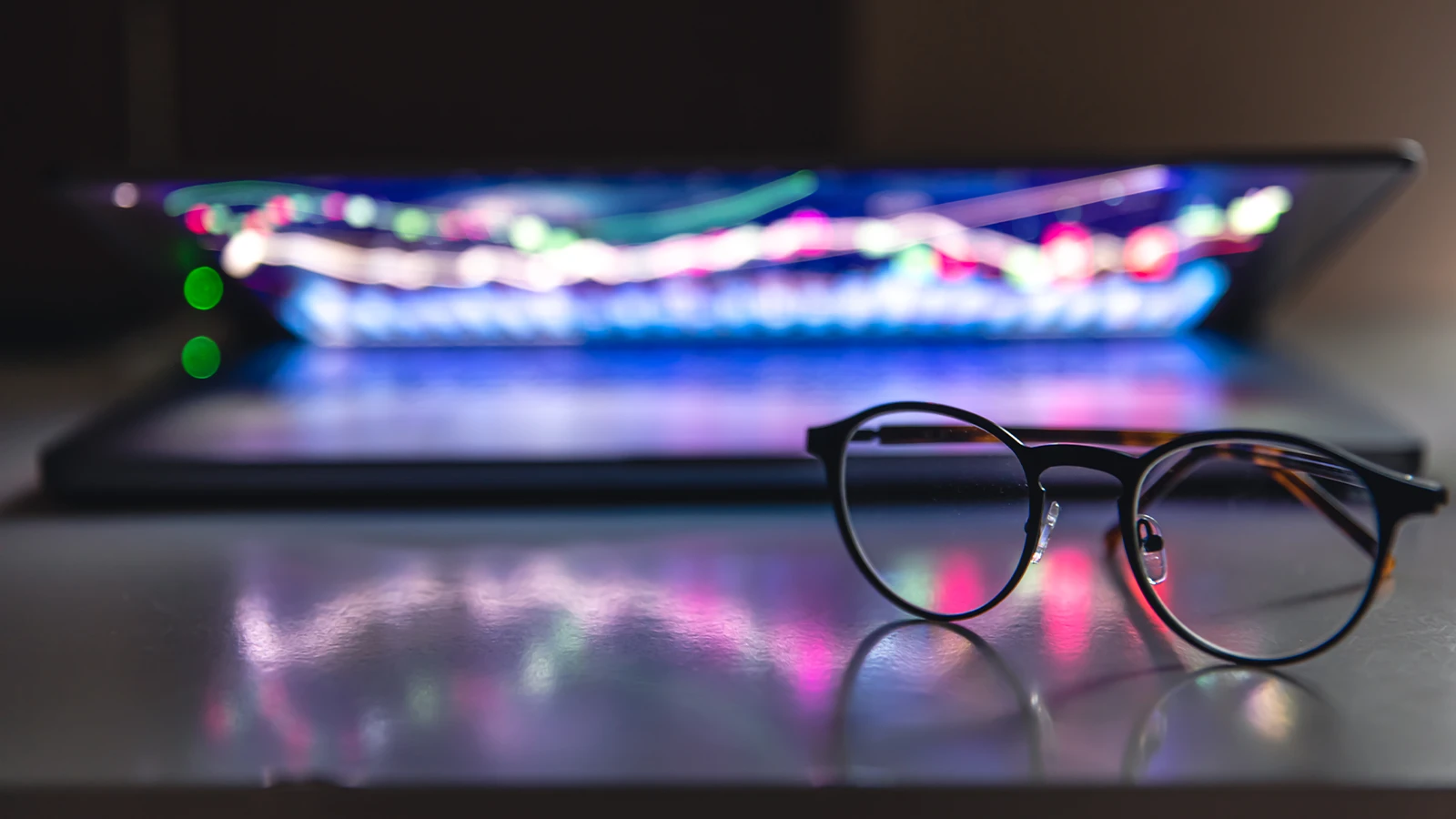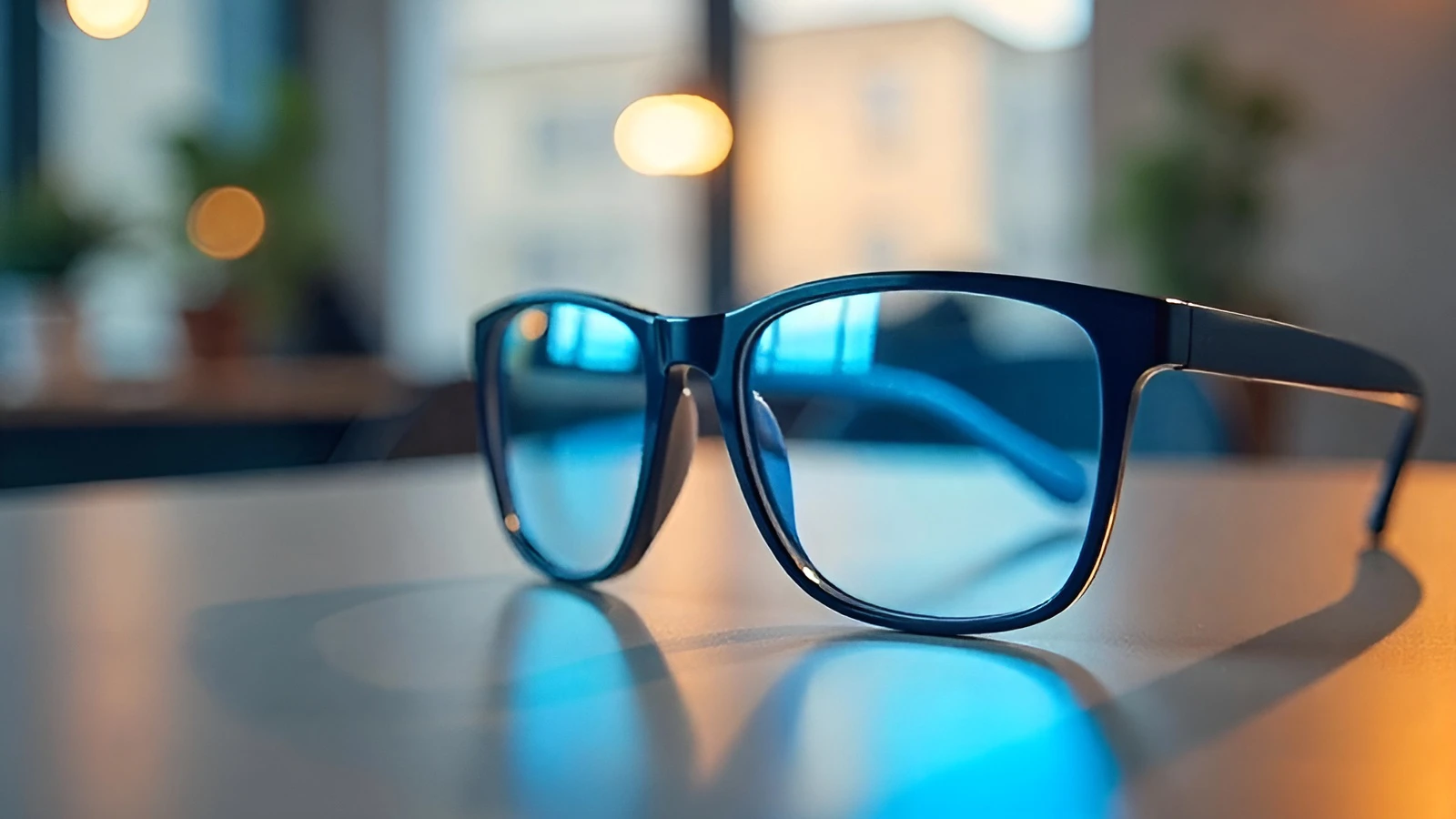As a technology-dependent population, we usually spend most of our time staring at screens. The screens vary from our phones, computers, and televisions. However, while doing so, we often miss the negative impact of prolonged screen hours on our eyes and brains. The screens that we use emit blue light, which has been linked to eye strain and sleeplessness in many studies.
Even though we know all of this, we cannot avoid using our laptops, PCs and mobile phones as they have become an integral part of our lives. However, the question then remains the same: how to avoid the harmful effects & protect your eyes from blue light? Well, this is where the blue light glasses come into play. These glasses are designed to filter the amount of blue light that enters our eyes, thus minimising digital eye strain. Therefore, today we will explore the science behind blue light-blocking glasses and their potential benefits.
What is Blue Light?

We have to first understand what blue light actually is. Blue light is a high-energy visible (HEV) light with a shorter wavelength. The natural source of blue light is the sun. You might already be aware that the sun's rays have seven different colours: violet, indigo, blue, green, yellow, orange, and red, often termed VIBGYOR. The natural blue light is responsible for keeping us active and fresh during the day. But the problem comes when we are overexposed to artificial blue light emitted from digital screens. Let’s understand this better.
Effects of Blue Light on Our Eyes

The biggest impact of artificial blue light is digital eye strain, which is caused by prolonged exposure to electronic screens. People suffering from this condition face symptoms like dry eyes, blurred vision, headaches, and eye fatigue. Most of you who work on digital screens for a significant period of your day might have faced these issues at some point or the other.
How do Blue Light-blocking Glasses Work?

Since we all understand how blue light impacts us, let’s now try to understand the functioning of blue light glasses. These glasses are designed to filter out certain wavelengths of artificial blue light, and this, in turn, reduces the amount that enters our eyes. Usually, a coating is applied on the lens surface that filters certain wavelengths of blue light.
We at Specscart use a more advanced system where, instead of applying a blue light filter on the lens surface, the blue light filter is built into the lens monomer itself. It offers better protection against harmful blue light, especially between the 400 to 455 nanometer range. It’s the range where most of the artificial short-wavelength blue light vibrates and causes digital eye strain.
Do Blue Light-blocking Glasses Really Work?
There is neither a yes nor a no answer to this particular question. Many experts in the industry have different opinions about blue light glasses and their functioning. Most of the studies suggest that they need further investigations to reach a conclusion. Simultaneously, some support the use of blue light glasses as they can minimise digital eye strain when combined with other methods like the 20-20-20 rule. You can read our blog on digital eye strain to understand more about it.
One interesting thing is that most of our blue-light glasses users have reported positive results with their blue-light glasses. They have experienced a significant decline in digital eye strain with X-Blue lenses.
What are the Potential Benefits of Blue Light-blocking Glasses?

Scientific evidence is diplomatic, whereas debates and scientific evaluations are going on in the entire world to further understand how blue light glasses can be helpful in reducing digital eye strain. But there are some benefits of using blue light-blocking glasses, particularly for people who spend a lot of time in front of screens.
Some of the benefits are:
Prevents eye strain and computer vision syndrome.
Symptoms of digital eye strain can be reduced, like dry eyes, blurred vision, and headaches.
Conclusion
In conclusion, blue light can be responsible for digital eye strain and other discomfort in your eyes. You can consider using blue light glasses and combine them with other healthy habits to avoid such problems. One of them is limiting screen use at least two hours before going to bed. It will avoid the suppression of melatonin and will help you fall asleep faster while ensuring good sleep quality.
Caution: You may become style obsessed
Your way finder
2000+ Trendy Styles

Fashion Forward Sunnies




















































